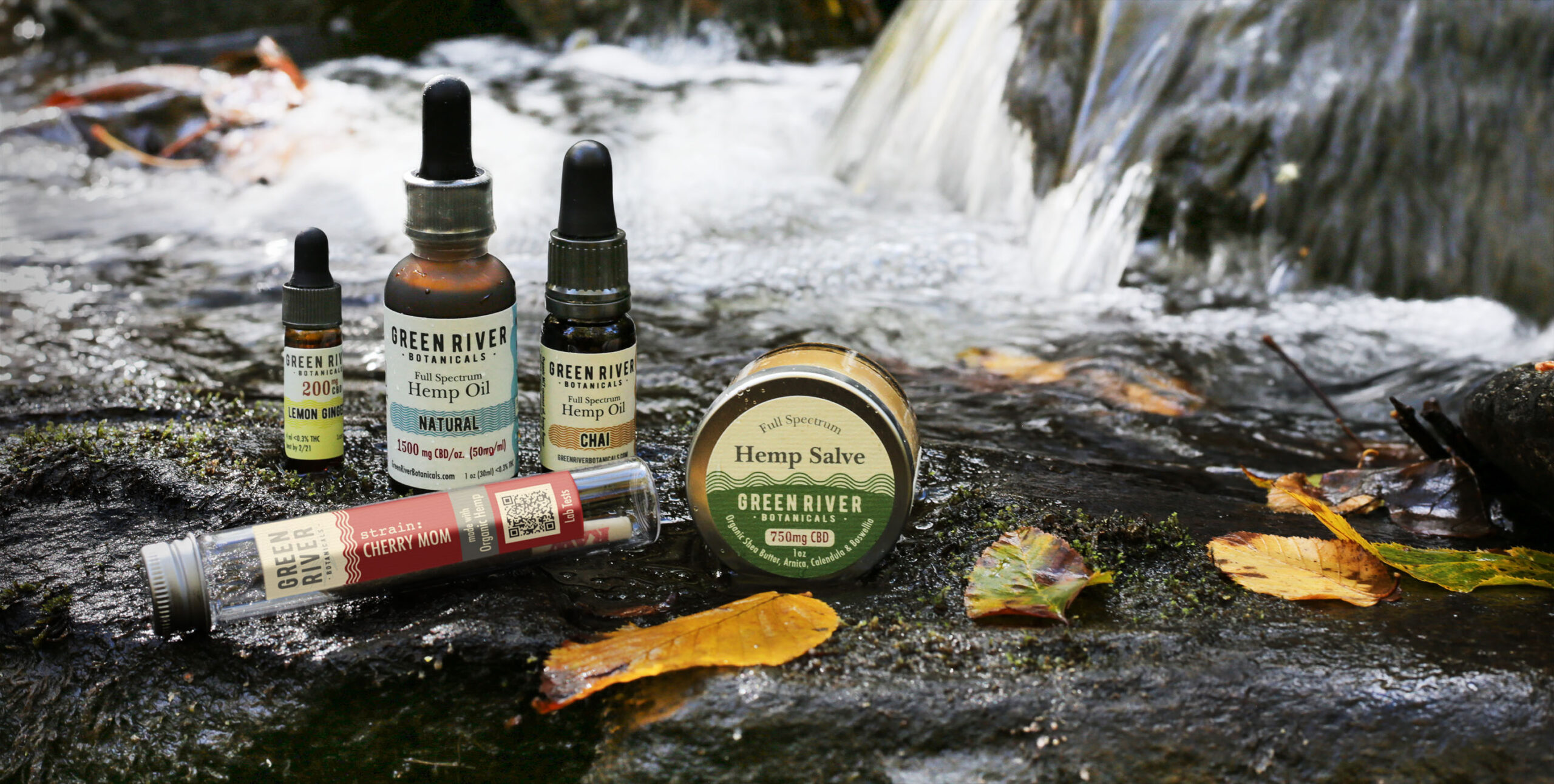If you’ve been using hemp products for a while, you may have heard the term “bioavailability” thrown around. But there’s a lot to talk about when it comes to this topic, so let’s dive in.
The dictionary defines bioavailability as “the proportion of a drug or other substance which enters the circulation when introduced into the body and so is able to have an active effect.” So to put it simply, if something has a high bioavailability, more of it will enter the bloodstream.
This is important to be aware of when taking CBD hemp products, especially if you’re not seeing the results you’re looking for. The way you take CBD can increase or decrease its bioavailability, so let’s take a look at a few different delivery systems.
Hemp Oil/Tinctures: Hemp oil tinctures are taken sublingually (under the tongue), and while they have a lower bioavailability, the effects are longer lasting once it gets into your system. The soft palate under the tongue absorbs the tincture more effectively than simply ingesting it orally- when you swallow it, it has to pass through the digestive system which can take up to two hours, and some of the CBD gets lost in the process.
Here’s what we know about percentages so far: Ingestion by swallowing has been verified to have bioavailability levels ranging from 4% to 20%, although most studies show it falling below 10%. The general consensus for sublingual delivery is that bioavailability is somewhere between 13% and 19%, although some studies have put it as high as 35%. As more scientific studies come out, we’ll be keeping tabs.
Smokeable Hemp: Inhalation is known to have very high bioavailability. Though the effects may not last as long, there is a quicker onset time due to the permeability of the interior of the lungs. Most studies put inhalation at around 40% bioavailability, whether you’re smoking hemp flower or using a vaporizer.
Topicals: When you apply CBD to the skin it’s called transdermal delivery. So far, there isn’t a lot of scientific evidence that cannabinoids can enter your bloodstream this way, so we have to rely on anecdotal evidence. Bioavailability for topicals seems to be relatively low, but since it’s used to treat discomfort in specific areas it’s hard to compare it to other methods. For now we’re happy with the feedback we’ve gotten from customers so far, and look forward to more research.
Edibles: CBD is fat soluble, so if you’re taking an edible that uses an oil like coconut oil, or something high in fat like avocado or butter, chances are you’ll get better results. CBD breaks down in fats and oils, and is more easily absorbed into the body. As we mentioned before, the molecules must still pass through your digestive system, but as long as the ingredients include some kind of fat, the bioavailability should be between 6% and15%.
As you can see, there are lots of options- and we didn’t even cover them all! There’s intranasal delivery (applied through the nose) and even rectal delivery (that’s a topic for another day!) So we recommend choosing your preferred method of delivery based on the results you’d like to see, and how quickly you need to see them.
For more info on bioavailability, check out our sources for this article:
https://bhangers.com/resources/science/bioavailability-cbd-varies/
https://www.thebalance.com/what-is-bioavailability-4041140
https://www.cbdoil.org/cbd-bioavailability/
https://en.wikipedia.org/wiki/Bioavailability
To shop our line of full spectrum CBD hemp products, click here: https://greenriverbotanicals.com/shop/


